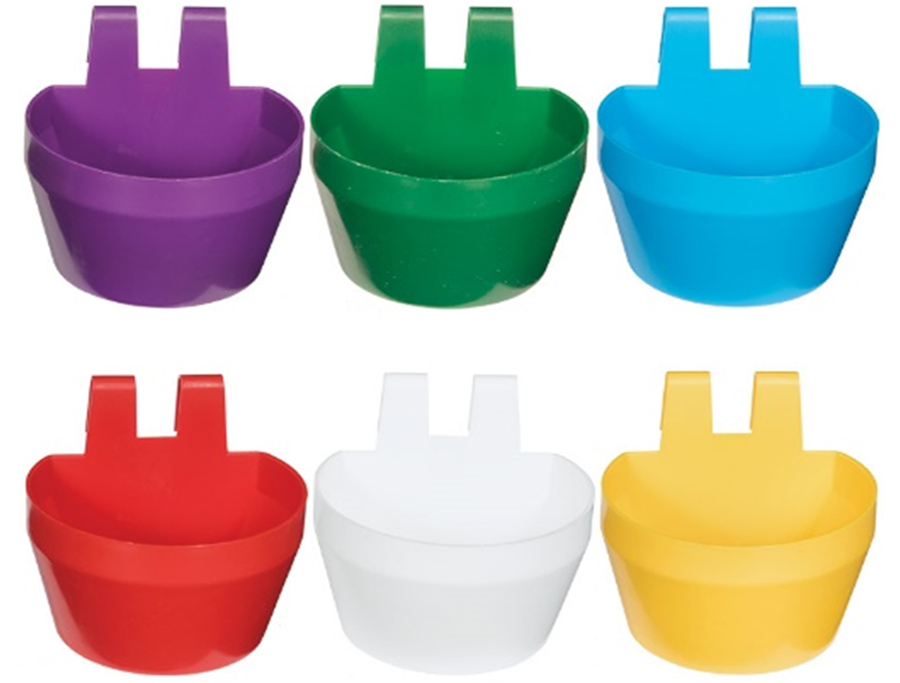itigating the presence of microorganisms on plastic parts has become a priority for consumers since the COVID-19 outbreak. In response to these concerns, a wide variety of plastic products are being treated with antimicrobial additives, such as:
- Floor coverings, exercise equipment and cutting boards
- Door or floor mats, bed rails and shopping carts
- Food distribution carts and trays
- Pallets and playground equipment
- Storage containers, waste bins and luggage
These antimicrobial additives provide inherent microbe-fighting properties that control the spread of bacteria, fungi and algae on the surface of treated products. Antimicrobials prevent microorganisms from growing, producing energy and/or replicating when the microbe encounters the protected surface.


- Antibacterial, bactericidal, germicidal
- Kills pathogenic bacteria
- Effective against E. coli and Staphylococcus
- Reduces the risk of food-borne illness from bacteria
- Provides a germ/bacteria-resistant surface
- Surface kills common gram positive and negative bacteria
- Surface minimizes the growth of both gram positive and negative bacteria
- Reduces risk of cross-contamination from bacteria
- Improves indoor air quality through the reduction of microorganisms
- Controls allergy-causing microorganisms

- Contains an antimicrobial to control odors.
- Contains an antimicrobial to resist bacterial odors.
- Contains an antimicrobial that acts to mitigate odors.
- Contains an antimicrobial to prevent microorganisms from degrading the product.
- Contains an antimicrobial that inhibits the growth of bacterial odors.
- Contains an antimicrobial that resists microbial odor development.
- Contains an antimicrobial that retards the growth and action of bacterial odors.
- Contains an antimicrobial that guards against degradation from microorganisms.
- This article has been treated with a fungistatic agent to protect the product from fungal growth.
- Contains a fungistatic to extend product life by controlling deterioration caused by mildew.
- This article contains a preservative to prevent discoloration by algae.
- Contains a fungistatic to make it resistant to mildew stains.
The EPA requires that all manufacturers making any efficacy claims associated with controlling microorganisms, such as E. coli, S. aureus, Salmonella sp. or Streptococcus sp., must first register their product with the EPA. Prior to EPA certification, each manufacturer must submit test data in support of the public health claim as well as fitness for use criteria. Once approved, the product may only claim efficacy for said product in the specified application. Any deviation either by performance or application requires recertification.